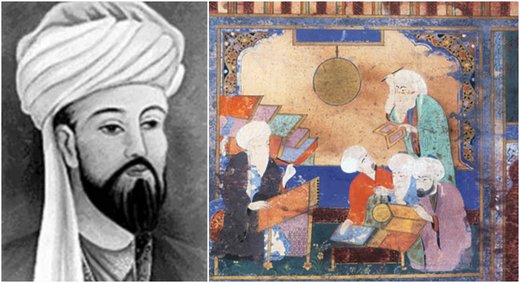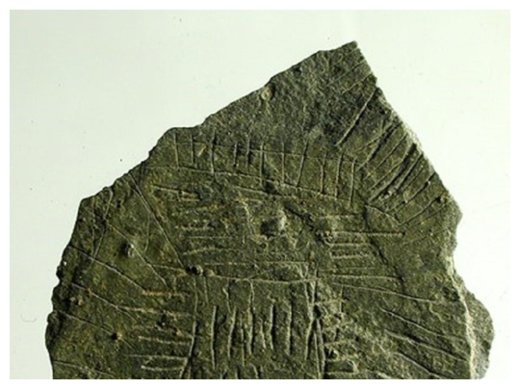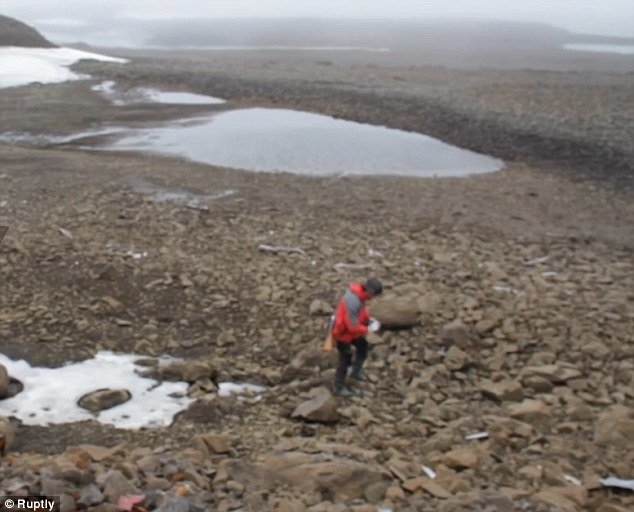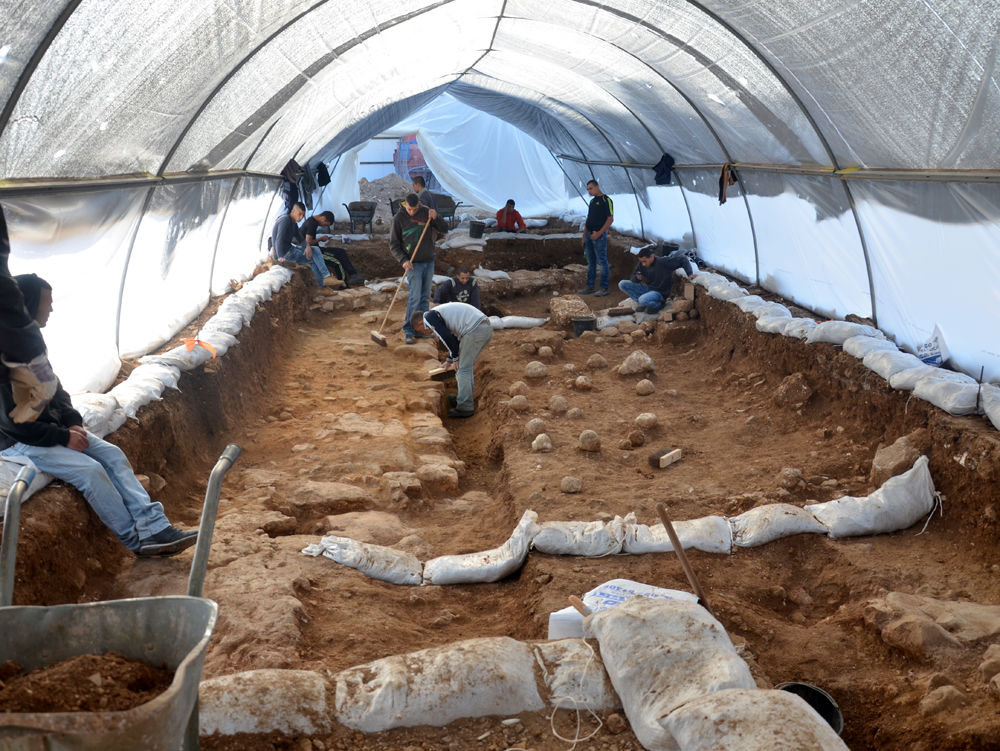Part 1You see a girl walking down the street. You can say, "There goes a beautiful girl" or "There goes a whore." What the hell's the difference? They've both got legs.~ Jon E.M. Jacoby, executive vice president of Stephens Inc., explaining the Arkansas system of politics and finance as it reached perfection during the Clinton years
In Arkansas, the latest backstairs of the national political system, you hear a lot of things. Concerning Whitewater, for example, you are constantly-- and probably correctly--reminded that the dustup involves nothing but a typical loony tunes savings & loans deal from the 1980s, despite the august personages involved and their perplexing insistence on behaving like refugees from a Raymond Chandler novel. In Arkansas memories are long, political rascality is king of regional sports and rumor and truth tend to commingle until otherwise reasonable people are driven slightly bonkers trying to sort out one from the other. In Little Rock the whole Whitewater affair is regarded as something of a hoot--the Yankee carpetbagger press, with the reality of Arkansas staring it in the face, has gone and missed the real story again. But if Whitewater was nothing but a minor peccadillo that the press has glommed onto because it thinks it understands it--and compared with the private financial shenanigans of Arizona Governor Fife Symington, Whitewater resembles a misdeed along the lines of crossing the street against the light--why, then, has the Clinton administration so frantically placed its back to the door, as though a peek beyond would reveal grandpa tied to a chair, surrounded by his looted bank books? In Arkansas the answer to this question eerily resembles the epitaph on the tombstone of Sir Christopher Wren: if you would see Clinton's monument, look around.













Comment: Yeah, it's a great country if you love giving free reign to your baser instincts.
See also:
Crimes of Mena: Billions of dollars' worth of cocaine entered the US under Clinton's nose
His Cheatin' Heart: Bill's Arkansas Bodyguards on Living With the Clintons